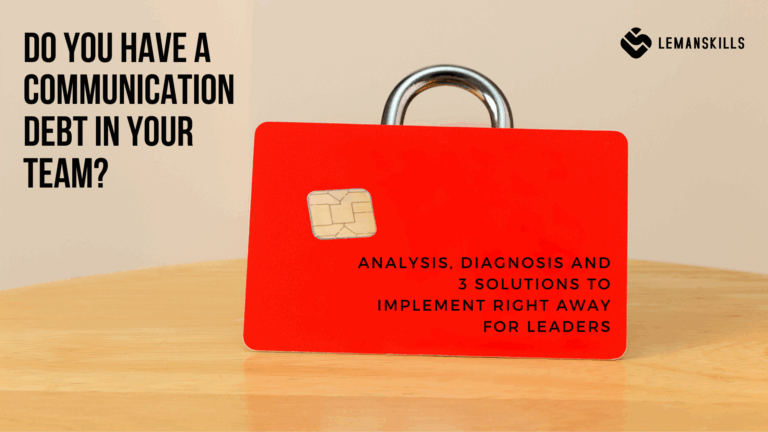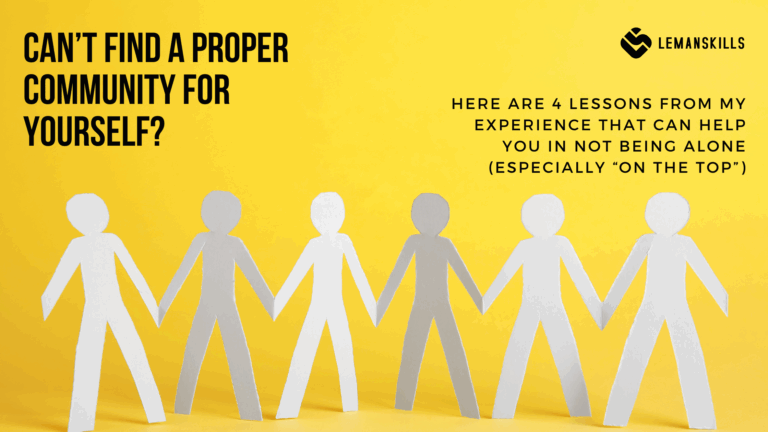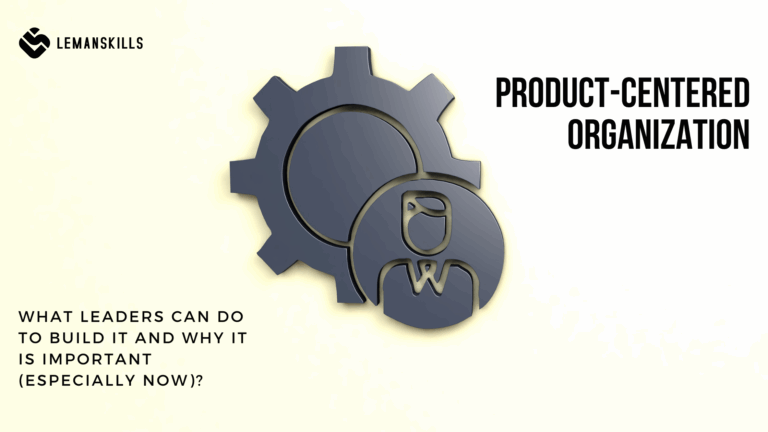We often ask ourselves and others: “what is the key to be successful?”. And by successful we might mean many different things: to have a success in business, a great relationship, to achieve goals in health, shape or sports zone, to travel the world, to develop certain skills. From my observation, practice and learning, there is one thing that keeps things together and let us thrive: momentum.
What is momentum actually? For me this is our inner power, the energy that keeps us going and we stay internally motivated for a long time. It’s a force that keeps us on the surface, even when our limiting believes, convictions and bad habits are calling us, wanting us to quit, to stay in a comfort zone.
From many sources of knowledge, including this one, we already know that growth, good change and success in any area of our lives is possible only in a stretch zone. It’s sometimes uncomfortable, unknown, scary. But as we are smart people, we do know that this feeling is necessary to make a real change, to build ourselves, to be better in anything we decide on. And every fear passes, sooner or later, when you get used to the new circumstances.
How to keep the momentum going? No matter how hard or difficult to decide it is, or how many discouraging thoughts we have in our heads. Let’s find out.
What fuels your momentum?
If momentum is a speed, energy that pushes us to do more, to reach for what we dream of, we need to know what feed us, what makes us feeling this way.
Is it a space where you feel inspired, calm or invincible?
Is it a space with a certain order or elements?
Do you need certain food or other nourishments?
Are there people who have a good influence on you, give you energy and support in what you do?
What about your mindset? What mindset do you need to feel empowered and keep the momentum going for you? What state of mind is a winning one?
Think about all the things that have a good, positive influence on you. What inspires you, what brings you good ideas, flow? In what circumstances do you feel empowered or that you can achieve anything you decide on? What people bring you support, positivity, who believe in you? Is a good night sleep, eating healthy, working out, not worrying about the things that you have zero influence on helpful?
Find your thing – for each of us it can look different, there is no one-size-fits-all solution. Use those question above and make a list of what you feel is the best for you, that serves you in a really meaningful way. Then decide on one thing from this list you can do more, starting today. Begin with only one, experience how your life changes after this shift.
Who or what robs you from power?
When you have an awareness of what you need to keep your momentum going, the second part of the story is to answer to what or who robs you from the energy you build?
What people in your environment are energy vampires (you feel drained after every time connecting with them)?

Which elements of space at your work (or living) has a bad influence of you (maybe a mess, lack of structure, too many unnecessary items all over the place)?
Do you eat healthy, or your diet is full of candy, processed food, alcohol, snacks?
Are you sleep-deprived? Do you exercise regularly? What about water?
Do you live unbalanced life? Are you focusing only on 1-2 areas and neglecting all of the others?
Make your list. This is as important as the previous one with what keeps you moving. Being aware of our environment is a key to make it better, to improve where we are, how we live and work, what value we bring to this world, how we support others. Choose one thing you are going to get rid of, starting right now. RIGHT NOW. What drains you from energy, robs you from your momentum? Those sneaky thoughts, beliefs, convictions about yourself and the world can be deadly to our goals and dreams.
Dean Graziosi always says: “What is the best time to grow a tree? 10 years ago. What is the second-best time? Now.”
What completely new you can do to grow your momentum?
Sometimes we need more stimuli than we usually do. It depends on our ratio of hungers, but it can also change from time to time in regard to the situation we are currently facing. Habits are good, they are necessary to stay on track, to be focused and I will never encourage you to leave them behind.
But there are moments that we need a new trigger, something that will unleash new source of energy, motivation, WHY or HOW to do to certain things that will bring us closer to the goal we want to achieve.
Think about what you would do if there were no constrains, imagine that sky is the limit. Things like money, time, energy, health, freedom, other peoples’ support, knowledge resources – there are all limitless.
What would you do to grow your momentum, to make it infinite? You got that? Now think backwards: what milestones do you need to achieve to get closer to this vision you just had? And what is the first step you can do? Our brain gives us a lot of different illusions, beliefs that aren’t even true – they’re just projections that (from biological perspective) want to keep us safe (meaning: not being eaten by the tiger). Acknowledge that. Then stop the endless wheel of excuses, procrastination and telling yourself you’re not good enough to do something. You are. It’s a matter of a decision.
Do you want a great life or are you just faking it?
No matter what you do for living, how you spend your free time, what kind of relationship you have (if any), what other passions do you have, you can life your life fully.
Fully means with energy, passion, freedom and autonomy to do things you love, the way you want, learning all the time. It means you have time, you use all the time you have the best possible way – and the fun part is, you are the person who define what this “best possible way” is. But it needs to be meaningful, it has to give value to the world. Either it’s about supporting others in their growth, teaching them (anything), bring value to clients/to the business. It can be taking care of the environment or raising your children to be good people – you name it.
The thing is, you can always fake that you have a perfect life. So others CAN SEE. But truly, what’s the point, if you are miserable when you are alone? Remember that the true you is when no one’s watching. Are you proud of this person? What can you do to make it better, stronger, living the time of your life?
Choose wisely.




